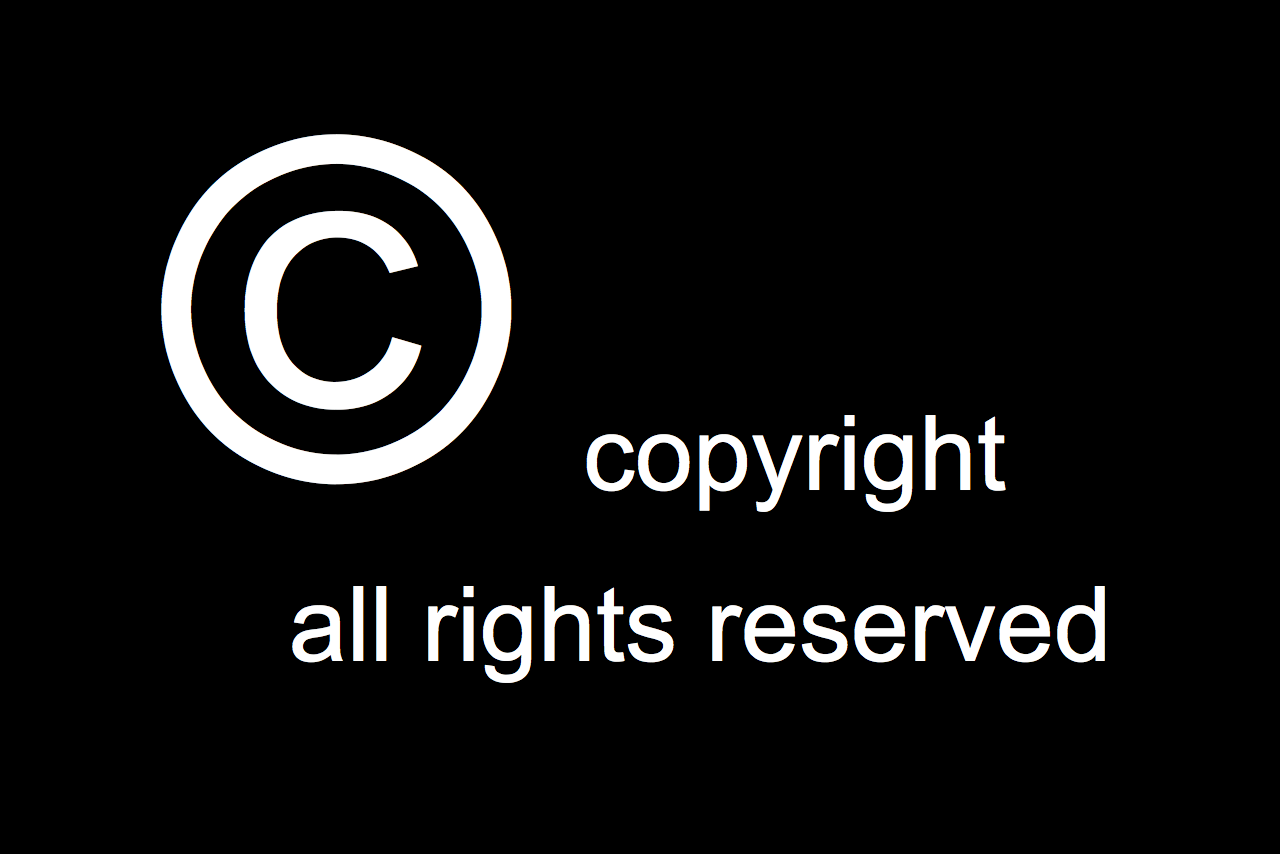Screenplays form one part of a creative work, whether it’s a film, comic, graphic novel or other audiovisual work. There are certain considerations in terms of copyright protection when considering additional creative elements in a unified artistic work.
Comics & Graphic Novels
U.S. copyright law provides for the ability to copyright both literary and artistic works. Protection enures for a comic book or graphic novel at the moment of creation. The copyright for such a work encompasses any copyrightable visual or literary expression contained within that work. This naturally includes any drawing, picture, depiction, or written description of a character.
Comic Books and graphic novels are submitted essentially as a “collection” or unit of comic strips. For this, the claimant must be the same for all elements in the unit. The individual strips or elements can be considered for registration as a single unit so long as:
- The selections are assembled in an orderly form. This simply means that pages/chapters are in order. This is generally trivial for comic books and graphic novels.
- The combined comic strip sections also should be under the same title identifying the entire collection. This is again trivial generally for comic books and graphic novels.
- The copyright claimant in all the selections and in the collection as a whole must be the same
- Either all selections must have been completed by the same author or if completed by different authors, at least one of the authors must have contributed copyrightable material to each selection.
- Comic books and graphic novels will be recorded in the Copyright Office records as collections under the collection title.
Multimedia
A multimedia work is a work that contains two or more different types of media. Such media types include authorship of text, photography, artwork, sounds, sculpture, music, cinematography, choreography.
The media may also include two or more of:
- Printed matter, such as a book, charts, or posters, or sheet music
- Audiovisual material, such as a filmstrip slides, videotape, or videodisc
- A phonorecord such as an audio disc or audiotape
- A machine-readable copy, such as a computer read disc, tape or chip
Multimedia works may be created with several different copyrightable elements. The most common of such elements would be a combination of:
- A motion picture element
- Some other audiovisual element
- Some sound recording element.
- In the process of registering a copyright for a work containing such elements, it is vital to identify each separate copyrightable element.
An audiovisual element is made up of a series of related images intended to be displayed through a projector or some similar viewer.
A motion picture element is a specific type of audiovisual element consisting of a series of related images that when played in a specific order is intended to give the impression of motion.
Copyright for a motion picture as with other copyrightable works enures once the work is created in some fixed version. As with other similar creative works, the copyright of a motion picture does not cover the general idea or basic concept behind a work or any characters that are portrayed. Aspects that are covered by a copyright include camera work, dialogue, sounds, etc.
Screenplays alone do not qualify as fixations of a motion picture. They may be copyrighted separately themselves however as a script.
Publication of a motion picture occurs once at least one or more copies of the motion picture are disseminated through sale, rental, lease or lending or when a motion picture is offered up to be distributed by a group for the purpose of distribution. Offering to distribute a copy of a film to be shown at a festival may constitute publication. To constitute publication, copies of the work must be ready for distribution. The mere performance of a motion picture (being shown on television) does not constitute publication. Upon publication, all components of that motion picture are considered to be published. This includes music, script, sounds. This means that if a motion picture is made from a screenplay, the components of that screenplay that are contained within the film are also published. Published motion pictures require a separate description of the nature and general content of the work. This could be a shooting script, synopsis or a press book.
Published motion pictures also require one complete copy of the work. This copy must be free of any possible defects that could hinder viewing of the work.
For motion pictures first published in the US, send one complete copy of the best edition. The best edition is that edition preferred by the Library of Congress. The Library of Congress list their preferences in order as: Film, rather than another medium
- Preprint material, by special arrangement
- 70mm positive print, if original production negative is greater than 35 mm
- 35mm positive prints
- 16mm positive prints
- Videotape formats
For unpublished motion pictures send a description of the work and a copy of the work containing all visual and audio elements to be covered by the registration.
1” Open reel videotapes and 8 mm video cassettes are not viewable by the Copyright Office. If one must deposit a motion picture in one of these ways, credits should be provided separately in a written format. If the work was first published prior to March 1, 1989, the Copyright Office must receive a viewable copy to ensure that the work includes the necessary copyright notice. Special relief may be granted where it is exorbitantly difficult or impossible to deposit a motion picture in the previously prescribed way. To request special relief one may submit a written request addressed to Chief of the Performing Arts Division.
Songs
It may be the case that a multimedia work employs a soundtrack of songs created separately by other artists. In this case, one must negotiate with those artists to pay some amount of money for the rights to use the song in the film or other multimedia work. Popular songs often call for extremely large sums of money to be used and it is possible that the original artist can refuse to have their song used entirely. The cult classic film Dazed†and†Confused†(1993) is well known for a soundtrack of many popular songs from the late 1960s and early 1970s. Over a million dollars was spent acquiring the rights to use songs such as Aerosmith’s “Sweet Emotion,” Lynyrd Skynyrd’s “Tuesday’s Gone” and many more. It is worth noting that the Led Zeppelin song for which the film was named was not included in the soundtrack because Robert Plant refused.
A sound recording element is a series of recorded sounds. However, if these sounds are combined with an audiovisual element they are not defined under copyright law as a sound recording. To register a copyright for a work containing a motion picture element with the United States Library of Congress Copyright Office, deposit a description of the motion picture in addition to the normal deposit requirements (the work itself). This description should be as detailed as possible such as a finalized script, however, a synopsis that covers the main characters and plot will also be accepted. It is always best to be as thorough as possible in the event of a dispute later on.
Multimedia works that are published or exist only in a machine-readable form, such as a computer tape or disc, or a semiconductor chip, the appropriate work should be deposited as such while specifically identifying how the material for the machine-readable copy. This criterion varies slightly depending on if the machine-readable copy produces:
- Pictorial Images
- Textual Images
- Musical Compositions
- Sound Recordings, or
- Computer Programs
For machine-readable copies producing pictorial images (such as a video game), deposit:
- A written synopsis of the content contained
- A reproduction of the audiovisual elements in the form of either a videotape or a series of photographs or drawings depicting representative portions of the work (if the work is in color originally so should the deposited reproductions), and
- The container and any instructional guide if either contains authorship seeking to be registered under the copyright
For machine-readable copies producing a series of textual images, deposit one copy in a visual form of the first and last 25 pages or the equivalent five or more pages of the remainder. This should include a copyright notice if one is to accompany the work. For machine-readable copies producing musical compositions, deposit a notated transcription or recording of the work to be registered. For machine-readable copies producing sound recordings deposit a recording of the entire work on audiotape or audio disc. For machine-readable computer programs, deposit the first and last 25 pages of source code.
This article contains general legal information for educational purposes only and does not constitute legal advice.

